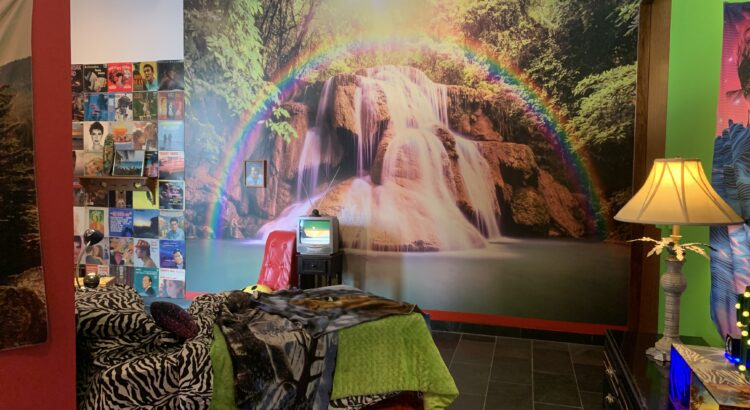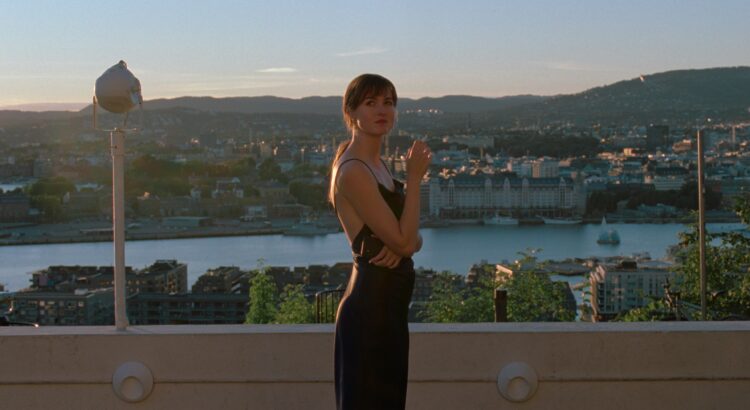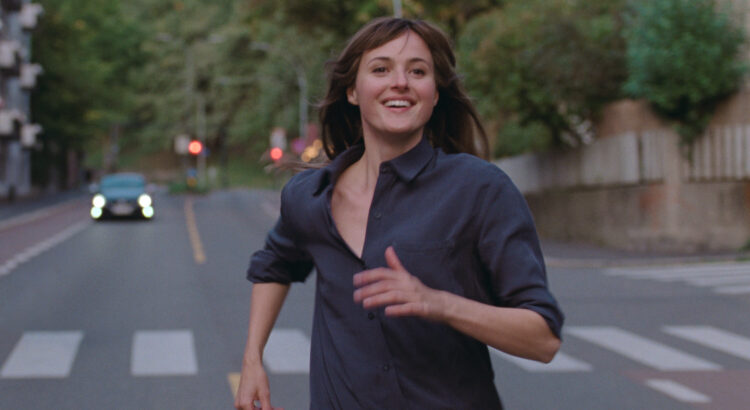How to Build a Disaster Proof Home is the latest installation at the Institute for the Humanities on campus. Artist Tracey Snelling transforms the space into an explosion of color, sound, and texture as various home interiors occupy the room. Working both on a life-scale and a miniature scale, Snelling presents an exploration of what home really means and how one mentally and physically finds refuge in the contemporary world.
I’d like to examine this exhibit in a bit of a fractured way, pinpointing and elaborating upon various aspects as these come together to create the complete multisensory experience of Snelling’s work. Firstly–the aural. Before you even enter the space, you can hear a variety of monologues, sound effects, and music. This is because almost every section, or constructed home, has accompanying audio materials. Whether that’s a series of films being played all at once, or Duran Duran filling up a corner of the space, there’s a sense of the place being alive. The weaving together of sounds (the less delicate may call it a cacophony) create an entirely new sonic experience, one where the simulation of human presence is achieved. This simulation has both the comfort of a TV left on in the living room and eeriness of interacting with Siri or other faux-human presences.
The same kind of aural complexity exists in the textures of the space. You find the tactile, familiar comfort of a worn rug juxtaposed with the tackiness, insincerity, and flatness of an idealized sunset-rainbow-beach wallpaper. There’s a dedication to different temporalities here, as a portrait in 70’s fashion hangs above a cherry red plush carpet circa the year 2000. The melange of these tributes to homes of past decades is fun and very carefully coordinated to maintain coherency, but there’s also a deeper, more touching and humanistic idea at the core of how we maintain familiarity and keep the things that we treasure most close to us (even if that’s the flimsy metaphor of hope behind a rainbow).
Finally, the color is alluring. Bright tones, eye-catching patterns, and iridescent touches are not only attractive, but add a very specific voice to the message of this exhibition. Ultimately, How to Build a Disaster Proof House is a sensory delight that makes you appreciate wherever you call home.









